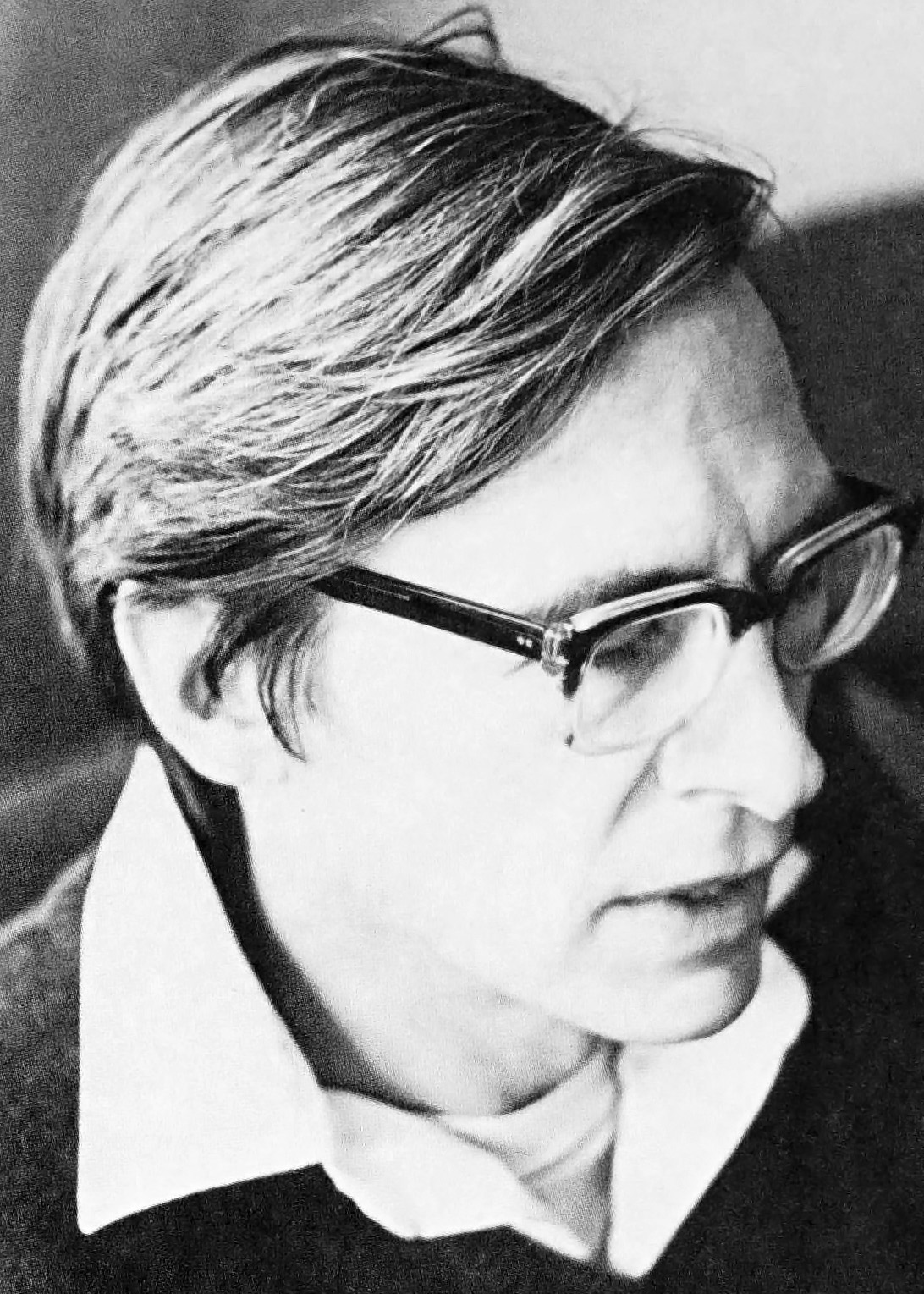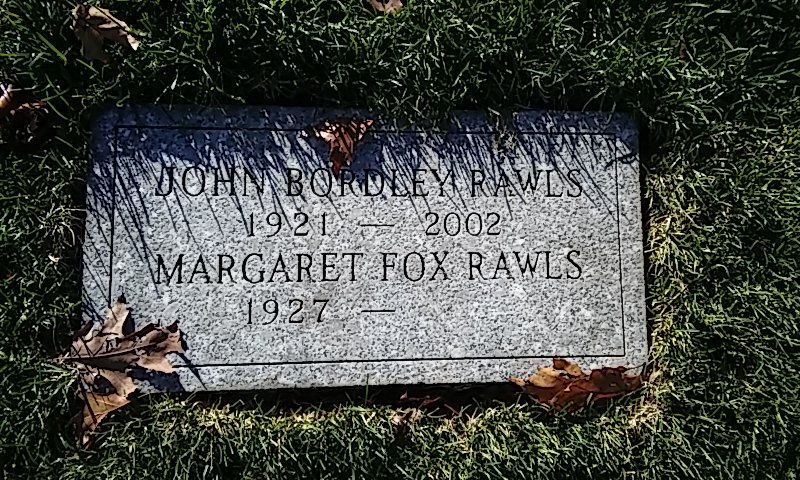
John B. Rawls (1921-2002)
Moral, Legal, & Political Philosopher
Known as one of the leading moral and political philosophers of the past century, John B. Rawls was born on February 21, 1921.
Born in Baltimore, Maryland, Rawls was the second of five sons. As a young child, Rawls lost both of his brothers to diphtheria and pneumonia–both brothers had contracted the illnesses from John. According to Rawls’ biographer, these losses would become the most defining moments of Rawls’ childhood. As an adult he attended Princeton University and received his B.A. in 1943. During his last two years of his undergraduate career, Rawls became extremely interested in theology and wrote a deeply religious senior thesis. From 1943 to 1945 he served as an enlisted man in the U.S. infantry and was stationed in New Guinea, the Philippines and Japan. After witnessing firsthand the aftermath of the bombing of Hiroshima, Rawls abandoned his Episcopalian beliefs and became an atheist. Rawls decided to return to Princeton in 1946 and received his Ph.D. in moral philosophy in 1950.
After receiving his doctorate, Rawls took a teaching position at Princeton from 1950 to 1952. In 1952 he received a Fulbright Fellowship to Oxford where he was influenced by Isaiah Berlin and H.L.A. Hart. From 1953 to 1959 Rawls was assistant and associate professor of philosophy at Cornell and from 1960 to 1962 he was a professor of philosophy at MIT. In 1962 Rawls joined the faculty at Harvard University, where he remained for the rest of his career. Here he spent almost 40 years teaching some of the leading contemporary moral and political philosophers of our time, such as Thomas Nagel and T.M. Scanlon. In 1979, he was appointed the Conant University Professor at Harvard, one of the University’s highest professional posts.
In 1971, Rawls published his most renowned work, A Theory of Justice. Here Rawls argues for a society based on equality and individual rights. He states that “each person possesses an inviolability founded on justice that even the welfare of society as a whole cannot override. Therefore, in a just society the rights secured by justice are not subject to political bargaining or to the calculus of social interests.” One of the most important philosophical contributions in A Theory of Justice is Rawls’ concept of “The Veil of Ignorance”. “The Veil of Ignorance” describes a method of determining inequality on earth that attempts to circumvent the political bias of one’s circumstances. People in positions of privilege are more likely to view the economic mechanisms of the world favorably because they have benefitted from them. “The Veil of Ignorance” concept challenges the reader to imagine oneself without any knowledge of their race, sex, economic position, disability, nationality, or religion–a blank slate. Rawls says, if a person in this position of ignorance was tasked with the responsibility of creating a new social contract then they would develop an economic and social system that would ensure whatever race, class, gender, etc… they may be assigned once the “Veil of Ignorance” is lifted would have a fair chance at a high standard of living. A Theory of Justice has been translated into 27 languages and in many ways revived the academic study of political philosophy.
In addition to A Theory of Justice, Rawls published Political Liberalism (1993), The Law of Peoples (1999), Collected Papers (1999), Lectures on the History of Moral Philosophy (2000) and Justice as Fairness: A Restatement (2001). His liberal political philosophy influenced thought in many fields, including ethics, law, political science and economics. Rawls is one of the few modern philosophers that has his theories frequently used in the reasoning of court rulings as high up as the U.S. Supreme Court itself. In 1999, Rawls received the Schock Prize for Logic and Philosophy. In that same year he was presented with the National Humanities Medal by President Clinton in recognition of “help[ing] a whole generation of learned Americans revive their faith in democracy itself.”

John Rawls is buried at Mount Auburn in Lot 330 on Amaranth Path.
Footnotes:
Photograph of John Rawls (top): Published by the Belknap Press of Harvard University Press. Photograph taken by Alec Rawls, John’s son. The portrait was uncredited on the original dust jacket, but Alec is identified as its photographer on the copyright page of the 1994 German-language first edition of the book John Rawls by Thomas Pogge., Public domain, via Wikimedia Commons
Adapted from the research of Corinne Elicona for Mount Auburn's Notable Highlight in 2017.
